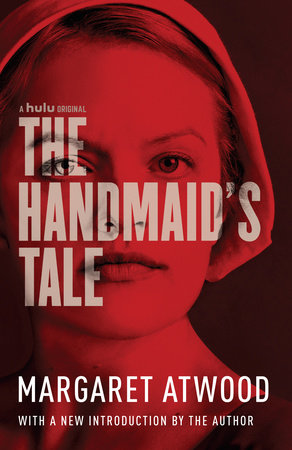
Why don’t men read books by women?
Read the original version in Inside Time for our Finding a Good Read column
The statistics confirm it: for the top 10 bestselling female authors today, only 19% of their readers are men. But for bestselling male authors it’s a much more even split: 55% of their readers are men, 45% are women. As one recent critic put it:
‘In other words, women are prepared to read books by men, but many fewer men are prepared to read books by women.’
And this has been true for a long time. To combat the prejudice against them, women writers have taken pen names to disguise their gender. Some of the greatest novelists of the 1800s adopted pseudonyms: Mary Ann Evans became George Eliot to write The Mill on the Floss and Middlemarch. The Bronte sisters – Charlotte, Emily and Anne – wrote Jane Eyre, Wuthering Heights and The Tenant of Wildfell Hall as Currer, Ellis and Acton Bell.
And it continues today. Joanne Rowling became JK Rowling for Harry Potter and then Robert Galbraith to write her crime novels. The two genres where male pseudonyms are most common are sci fi and fantasy. Is this surprising? Andre Norton, James Tiptree Jr, C J Cherryh and Robin Hobb are all women writers. Check out some of their books and see if you think there’s a gender difference.
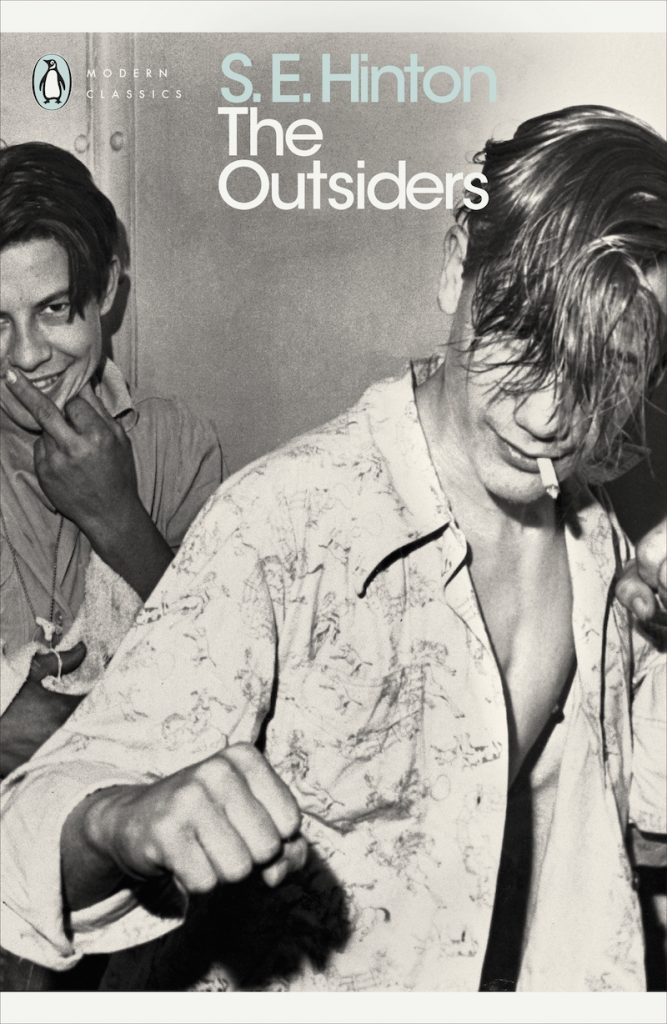
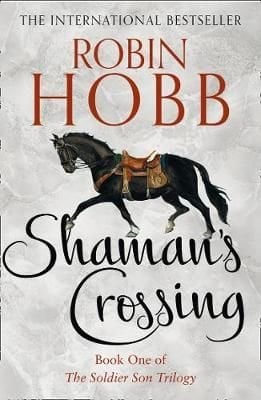
Seeing the world through different eyes
Some readers claim they’re not interested in the point of view of the opposite sex, either in a writer or a character. But isn’t part of the pleasure of reading a novel that it makes us understand what it’s like to be somebody else: somebody of a different colour, ethnicity, age, social class – or gender? This was certainly what an all-male reading group discovered when they read Daphne du Maurier’s Rebecca, a romantic thriller narrated by a nameless heroine. As one member put it:
‘Before I started, I thought no way, not for me. But then I got stuck in and I was with her all the way’.
Here are a few novels by women with fascinating female narrators: The Handmaid’s Tale by Margaret Atwood, The Woman in the Window by AJ Finn, We Have Always Lived at the Castle by Shirley Jackson, Milkman by Anna Burns. Or Gillian Flynn’s Gone Girl with all its uncertainties about which character to believe.
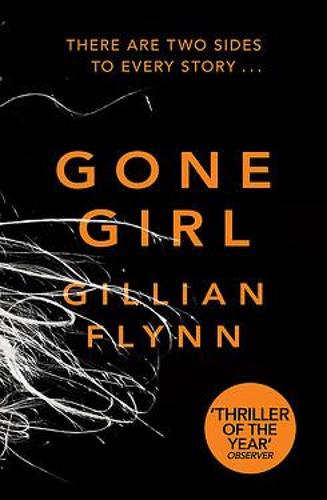
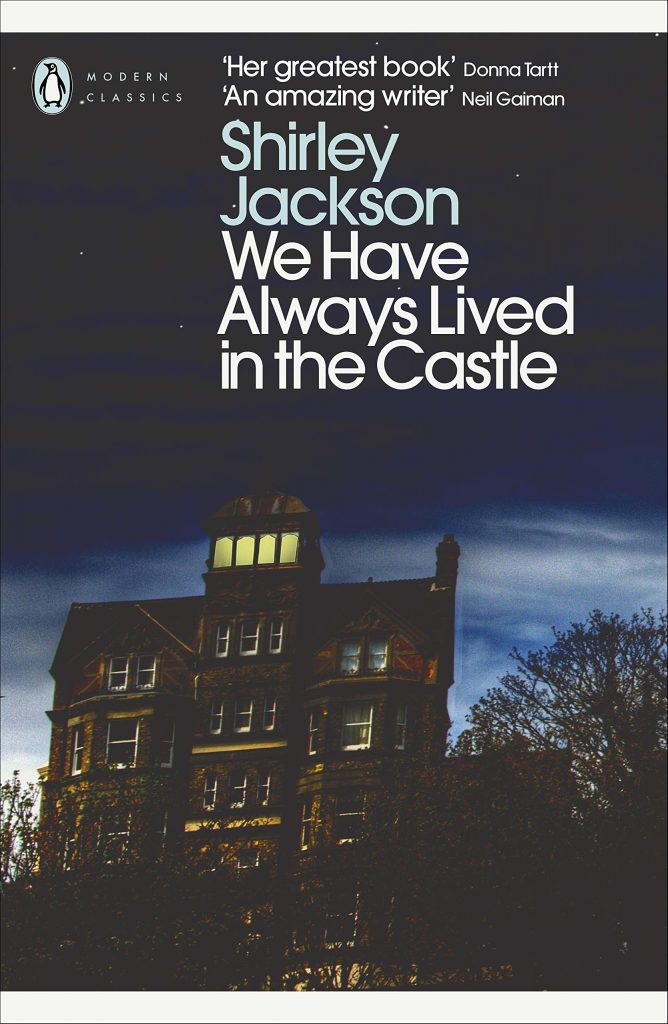

Men writing women
For comparison, try some male-authored novels told by female narrators: The Autobiography of Miss Jane Pittman by Ernest Gaines, Restless by Willliam Boyd, Varina by Charles Frazier. Or Roddy Doyle’s The Woman Who Walked into Doors, a brilliant exploration of the inner life of a battered housewife.
Some of the most famous female characters in literature were created by male authors: Gustave Flaubert’s Madame Bovary, Thomas Hardy’s Tess of the d’Urbervilles, Henry James’s Isabel Archer in The Portrait of a Lady, Tolstoy’s Anna Karenina.
Can women do men?
Can female authors create convincing male characters? Try The Outsiders by SE Hinton, an 18-year old female novelist writing about teenage boys in gangs. An American Marriage by Tayari Jones and Washington Black by Esi Edugyan both focus on black masculinity. Or if you want to see how women manage male psychopaths, test out Patricia Highsmith’s The Talented Mr Ripley or Dorothy B Hughes, In a Lonely Place. Then compare them with Iain Banks’ The Wasp Factory or Patrick McGrath’s Spider.
Above all, next time you’re browsing the shelves keep an open mind about gender – you’ll be surprised at what you find.
Calling book reviewers
If you’ve read a good book recently send a review in no more than 100 words and mark it ‘Finding a Good Read’. We’ll print the best ones.
This blog was first featured in Inside Time in August 2021.